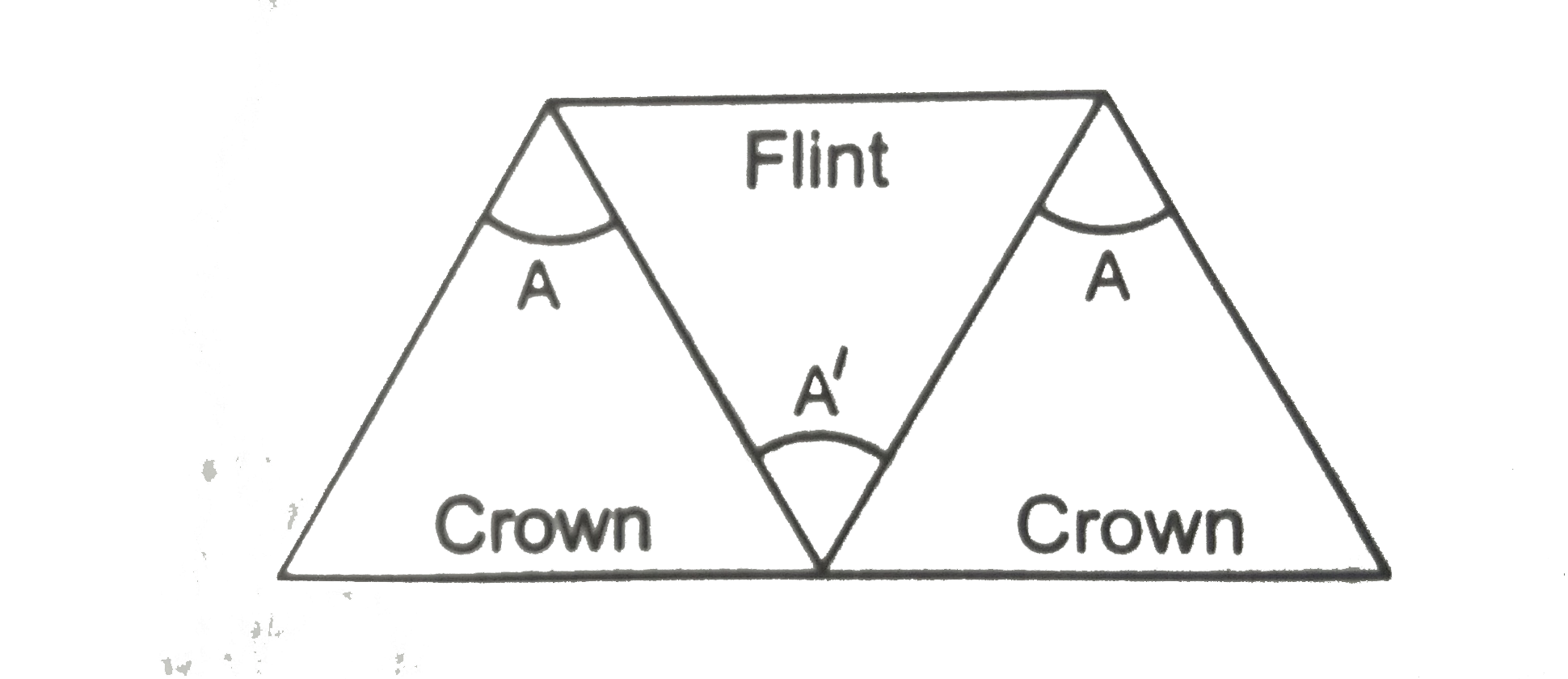Which of the following can have negative value ?
A. χ
B. μr
C. μ0
D. μr and χ both
χ
μr
μ0
μr and χ both
The correct Answer is:A
To solve the question regarding which of the given options can have a negative value, let's analyze each option step by step.
Step 1: Understanding the Terms
- Chi (χ): This is the magnetic susceptibility of a material. It indicates how much a material will become magnetized in an applied magnetic field.
- μ_r (Relative Permeability): This is the ratio of the permeability of a material (μ) to the permeability of free space (μ₀). It indicates how much more or less a material can be magnetized compared to free space.
- μ₀ (Permeability of Free Space): This is a constant value representing the permeability of a vacuum, approximately equal to 4π×10−7N/A2.
Step 2: Analyzing Each Option
- Option A: χ (Chi)
- The susceptibility (χ) can be negative for diamagnetic materials, which do not retain magnetic properties in the absence of an external magnetic field. Therefore, χ can have a negative value.
- Option B: μ_r (Relative Permeability)
- The relative permeability (μ_r) is defined as μ/μ₀. For diamagnetic materials, μ is less than μ₀, which makes μ_r less than 1. In some cases, μ_r can also be negative for certain materials. Therefore, μ_r can have a negative value.
- Option C: μ₀ (Permeability of Free Space)
- The permeability of free space (μ₀) is a constant and cannot be negative. Its value is always positive.
- Option D: μ_r and χ both
- Since both χ and μ_r can be negative, this option is also valid.
Conclusion
Based on the analysis:
- Option A (χ) can be negative.
- Option B (μ_r) can also be negative.
- Option C (μ₀) cannot be negative.
- Option D (μ_r and χ both) is correct since both can be negative.
Thus, the correct answer is Option D: μ_r and χ both can have negative values.
- Chi (χ): This is the magnetic susceptibility of a material. It indicates how much a material will become magnetized in an applied magnetic field.
- μ_r (Relative Permeability): This is the ratio of the permeability of a material (μ) to the permeability of free space (μ₀). It indicates how much more or less a material can be magnetized compared to free space.
- μ₀ (Permeability of Free Space): This is a constant value representing the permeability of a vacuum, approximately equal to 4π×10−7N/A2.
- Option A: χ (Chi)
- The susceptibility (χ) can be negative for diamagnetic materials, which do not retain magnetic properties in the absence of an external magnetic field. Therefore, χ can have a negative value.
- The relative permeability (μ_r) is defined as μ/μ₀. For diamagnetic materials, μ is less than μ₀, which makes μ_r less than 1. In some cases, μ_r can also be negative for certain materials. Therefore, μ_r can have a negative value.
- The permeability of free space (μ₀) is a constant and cannot be negative. Its value is always positive.
- Since both χ and μ_r can be negative, this option is also valid.
Based on the analysis:
- Option A (χ) can be negative.
- Option B (μ_r) can also be negative.
- Option C (μ₀) cannot be negative.
- Option D (μ_r and χ both) is correct since both can be negative.
Topper's Solved these Questions
- BOOK - AAKASH INSTITUTE ENGLISHCHAPTER - MAGNETISM AND MATTER EXERCISE - Assignment Section - B Objective Type Questions (One option is correct)30videos
MAGNETISM AND MATTER
- BOOK - AAKASH INSTITUTE ENGLISHCHAPTER - MAGNETISM AND MATTER EXERCISE - Assignment Section- C Linked Comprehension Type Questions3videos
MAGNETISM AND MATTER
- BOOK - AAKASH INSTITUTE ENGLISHCHAPTER - MAGNETISM AND MATTER EXERCISE - Try Yourself53videos
MAGNETISM AND MATTER
- BOOK - AAKASH INSTITUTE ENGLISHCHAPTER - LAWS OF MOTIONEXERCISE - Assignment (SECTION-D) (Assertion-Reason Type Questions)15videos
LAWS OF MOTION
- BOOK - AAKASH INSTITUTE ENGLISHCHAPTER - MECHANICAL PROPERTIES OF FLUIDSEXERCISE - SECTION - J9videos
MECHANICAL PROPERTIES OF FLUIDS
Similar Questions
Knowledge Check
- Question 1 - Select One
Which of the following is not correct about relative magnetic permeability (μr)?
AIt is a dimensionless pure ratio.BFor vacuum medium its value is one.CFor ferromagnetic materials of μ>>1DFor paramagnetic materials μr>1
In which of the following cases the friction force between 'A' and 'B' is maximum. In all cases μ1=0.5,μ2=0.
View SolutionWhich of the following combinations has the dimension of electrical resistance (∈0 is the permittivity of vacuum and μ0 is the permeability of vacuum)?
View SolutionWhich of the following combinations has the dimension of electrical resistance (∈0 is the permittivity of vacuum and μ0 is the permeability of vacuum)?
View SolutionIn which of the following cases the friction force between A and B is maximum in all cases μ1=0.5,μ2=0.
View SolutionThree thin prisms are combined as shown in figure. The refractive indices of the crown glass for red, yellow and violet rays are μr,μyandμv respectively and those for the flint glass are μ′r,μ′yandμ′v respectively. Find the ratio A'/A for which (a) there is no net angular dispersion, and (b) there is no net deviation in the yellow ray.
 View Solution
View SolutionAn intially parallel cyclindrical beam travels in a medium of refractive index μ(I)=μ0+μ2I, where μ0 and μ2 are positive constants and I is intensity of light beam. The intensity of the beam is decreasing with increasing radius.
Answer the following questions :
The initial shape of the wavefront of the beam isView SolutionAn intially parallel cyclindrical beam travels in a medium of refractive index μ(I)=μ0+μ2I, where μ0 and μ2 are positive constants and I is intensity of light beam. The intensity of the beam is decreasing with increasing radius.
Answer the following questions :
The speed of light in the medium isView Solution

